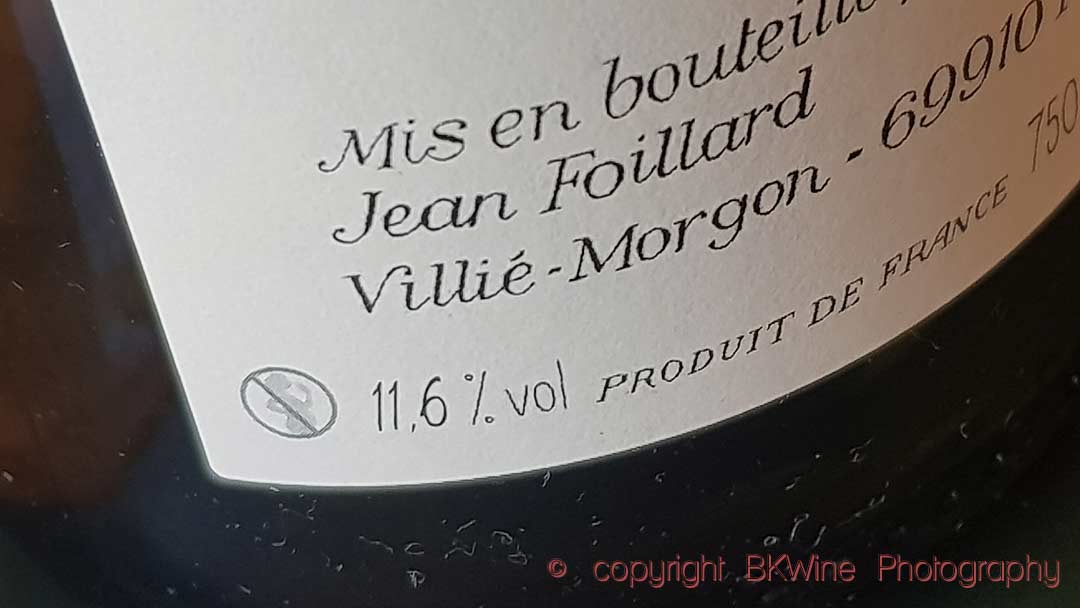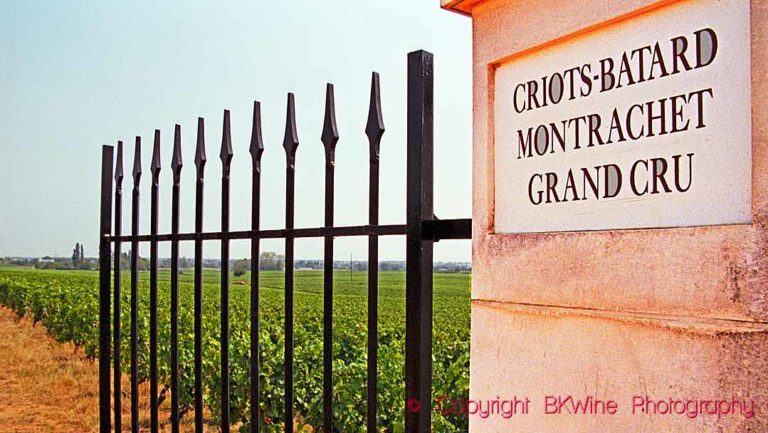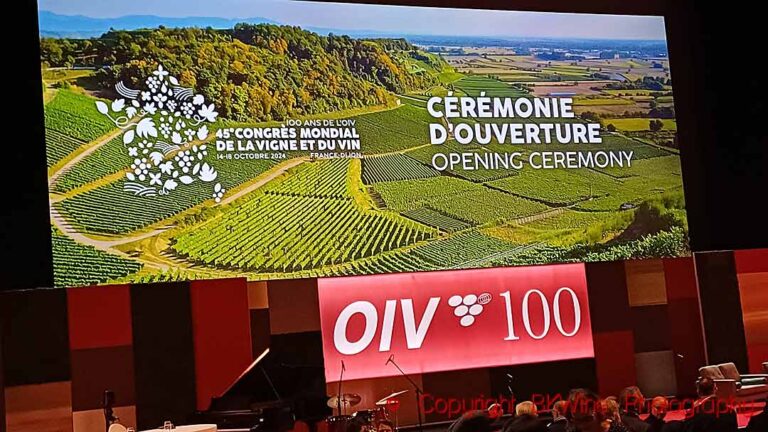The EU now allows de-alcoholised wines to use geographical designations of origin (IGP, AOP, etc.). But it is up to each country’s appellations to decide whether to allow it in their local rules. It is not an easy question, says the French l’Institut National de l’Origine et de la Qualité (INAO) as they pose the question: Does a wine that has been partially or fully de-alcoholised really retain the terroir character from a specific area? (Which is the basic fundament for the appellations.)
We don’t think so. Admittedly, “terroir” is a vague expression, but even ignoring terroir, a wine without alcohol is not a wine, period. At least not what we mean with the word.
Of course, it gets more complicated if a wine has just removed a few percentage points of alcohol. INAO and other concerned organisations seem to be doubtful as well. It will probably be a few years of experimentation before any decisions are made. In addition, questions remain about which technologies will be allowed to be used.
But the issue is also financial. If there is a large market for de-alcoholised wines, it can help an industry in crisis.
Read more: vitisphere











